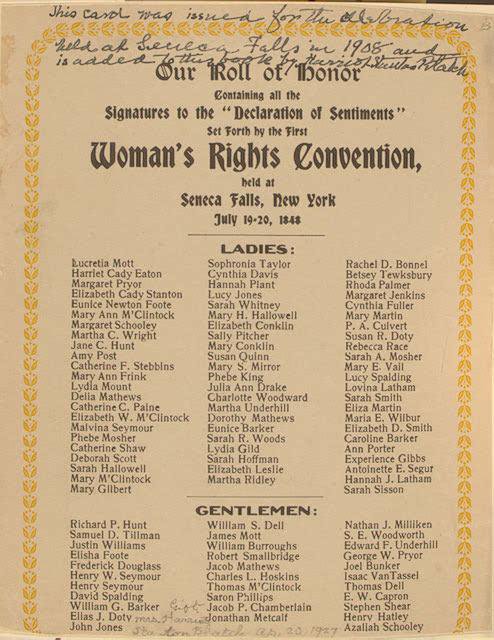
This month, 172 years ago, a group of women gathered in Seneca Falls, New York, to throw the world’s first convention celebrating women’s rights. The convention, in the hosts’ own words, would discuss “the social, civil, and religious condition and rights of woman.”
This was a brave and bold goal in 1848, and it would be many decades before women secured such basic rights as the right to vote. But the Seneca Falls convention soon inspired other events in America and around the world. Here are some rare images of some of the women who helped organize this groundbreaking convention.
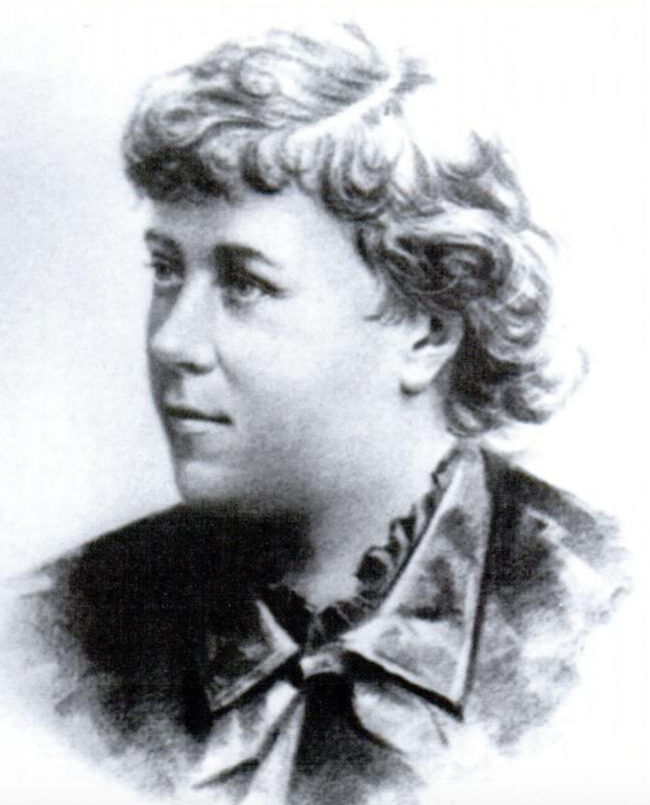
Above is a sketch of Elizabeth Cady Stanton, who learned about the inequality that faced women as she listened to women ask for help in her father’s law office. Stanton would be one of the key organizers of the Seneca Falls convention, along with a circle of Quaker women.
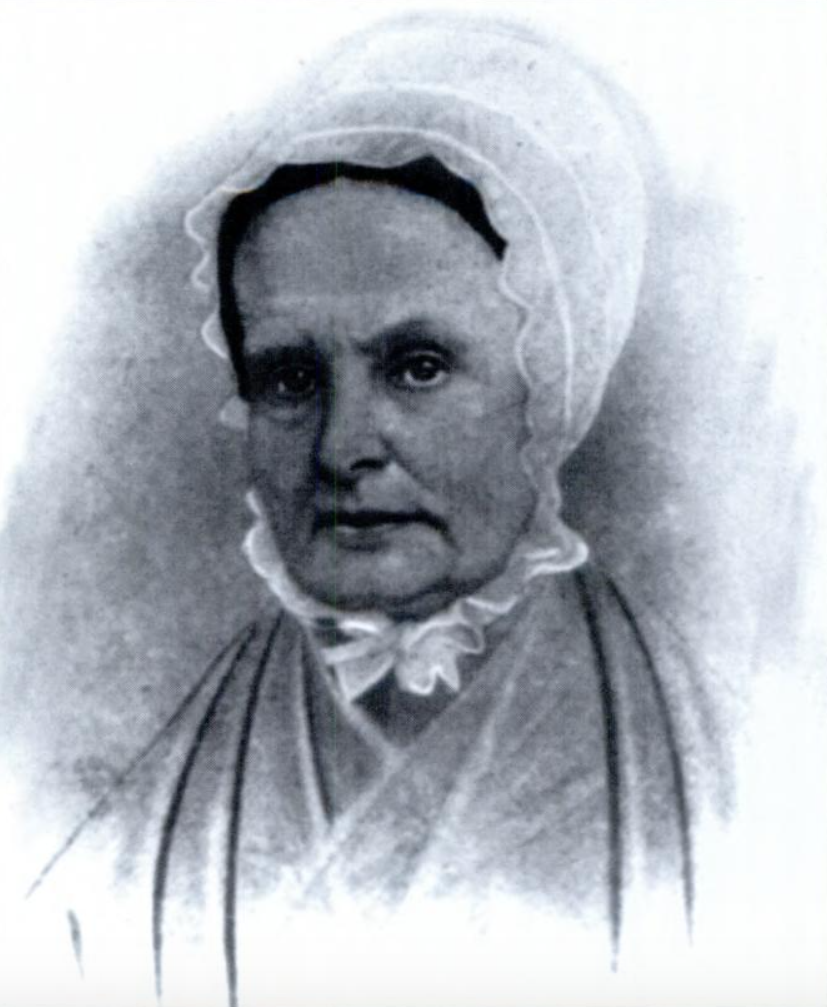
Lucretia Mott, pictured here, was a Quaker that Stanton had met while in England at an international abolition convention. Mott was an elected delegate but was refused admission to the convention floor. Stanton and Mott became lifelong friends and proponents of women’s rights at this convention.
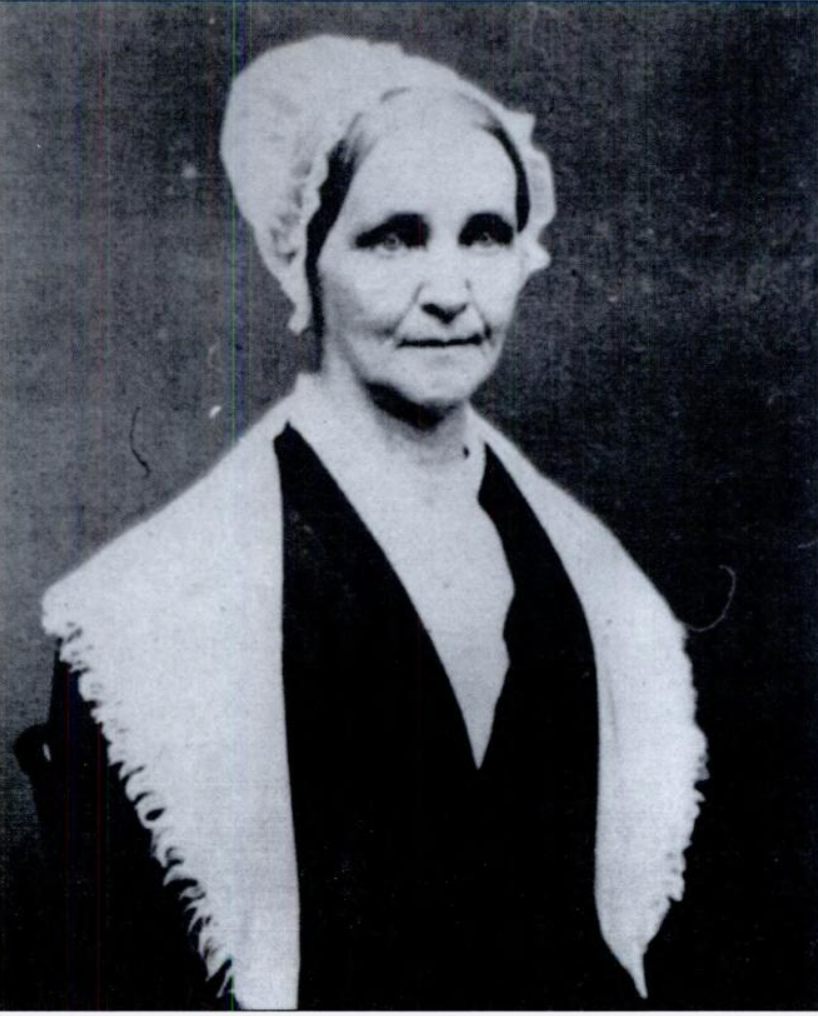
Mary Ann M’Clintock, another Quaker, met with Stanton, Mott, and others in the spring of 1848 for tea. At this gathering, Stanton voiced her frustration with the status of women. Before long, the first women’s rights convention was planned.
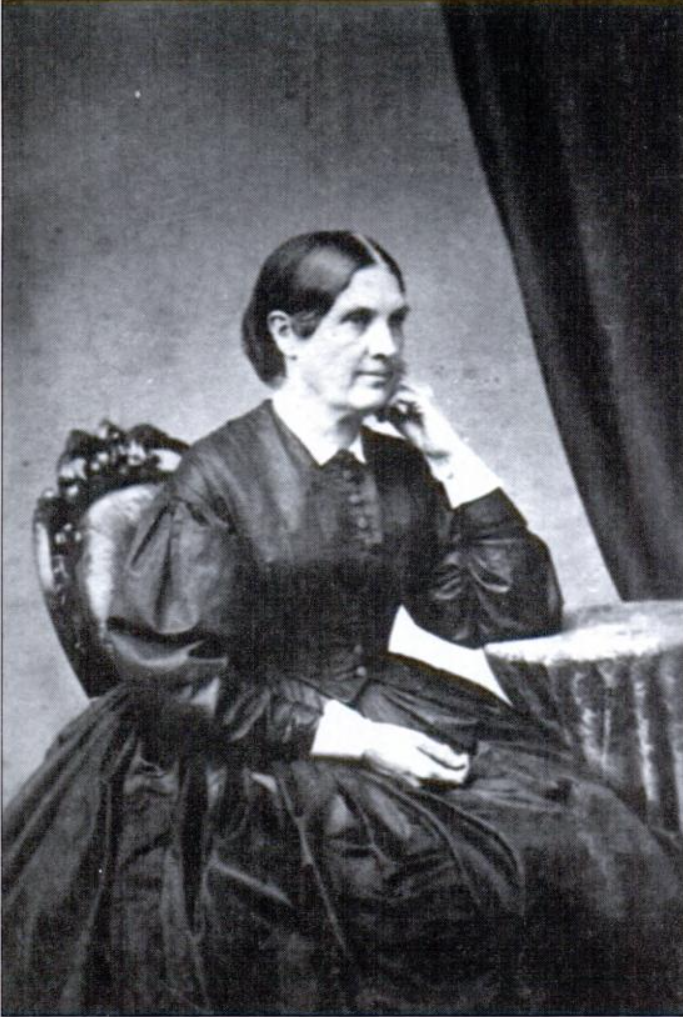
Jane Hunt, who hosted M’Clintock’s tea, was the wife of a prominent abolitionist who was also interested in Women’s Rights.
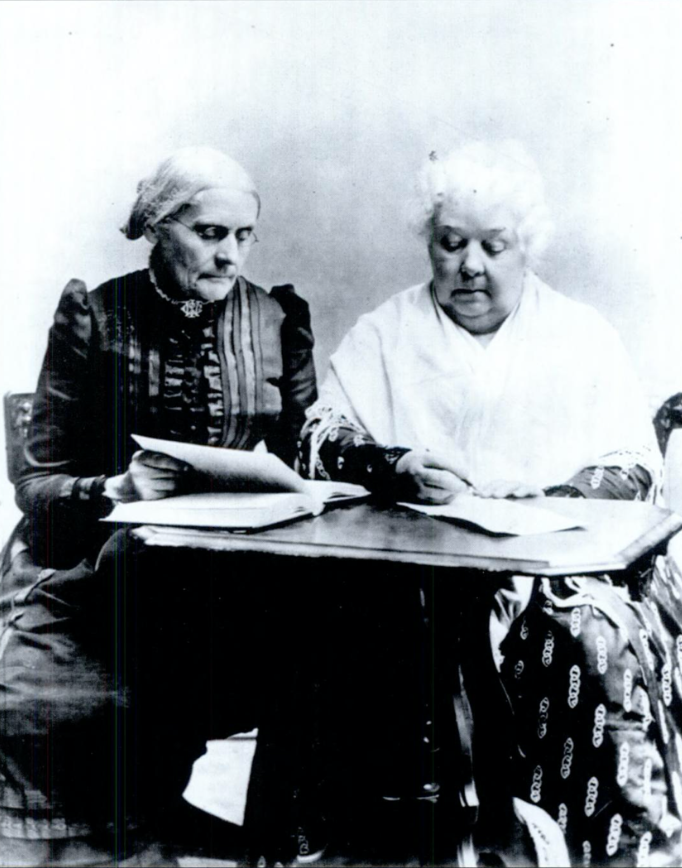
In this older photo, one can see Susan B. Anthony on the left and Stanton on the right. They were the two primary leaders of the women’s rights movement. Both pressed for the right to vote, which they saw as a key issue.
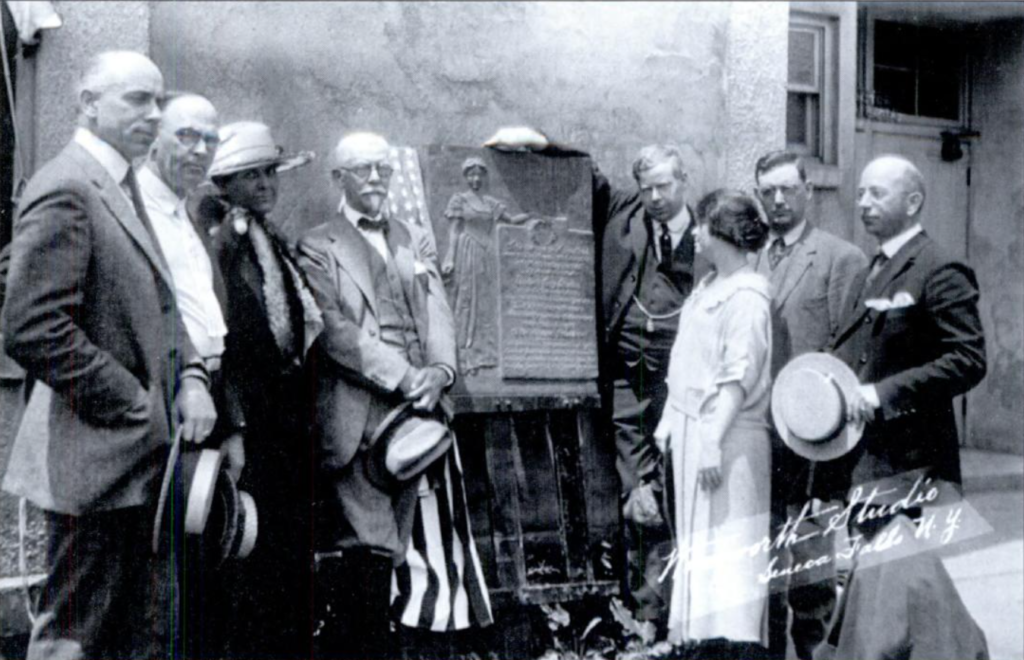
In 1923, a couple of years after the ratification of the Nineteenth Amendment, Seneca Falls celebrated the convention that had occurred so many years ago. The dedication of a plaque is pictured here, although the owner of the original building refused to allow the plaque to be placed on his building. The battle for women’s rights was still not over — is still not over today. But in many ways, it started in Seneca Falls.

